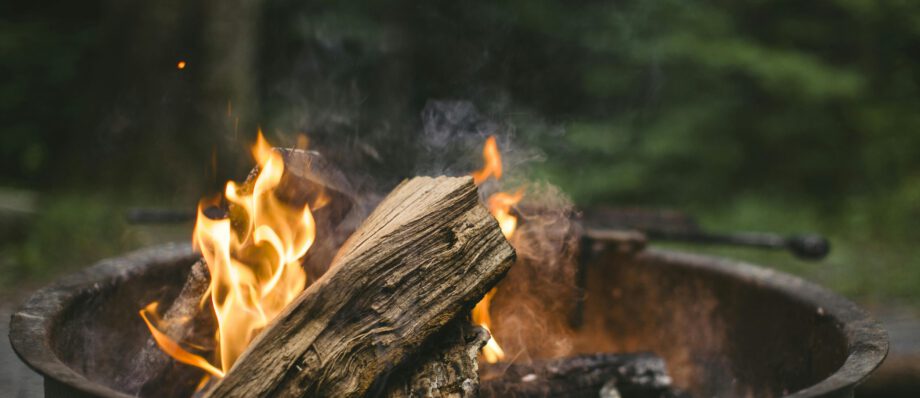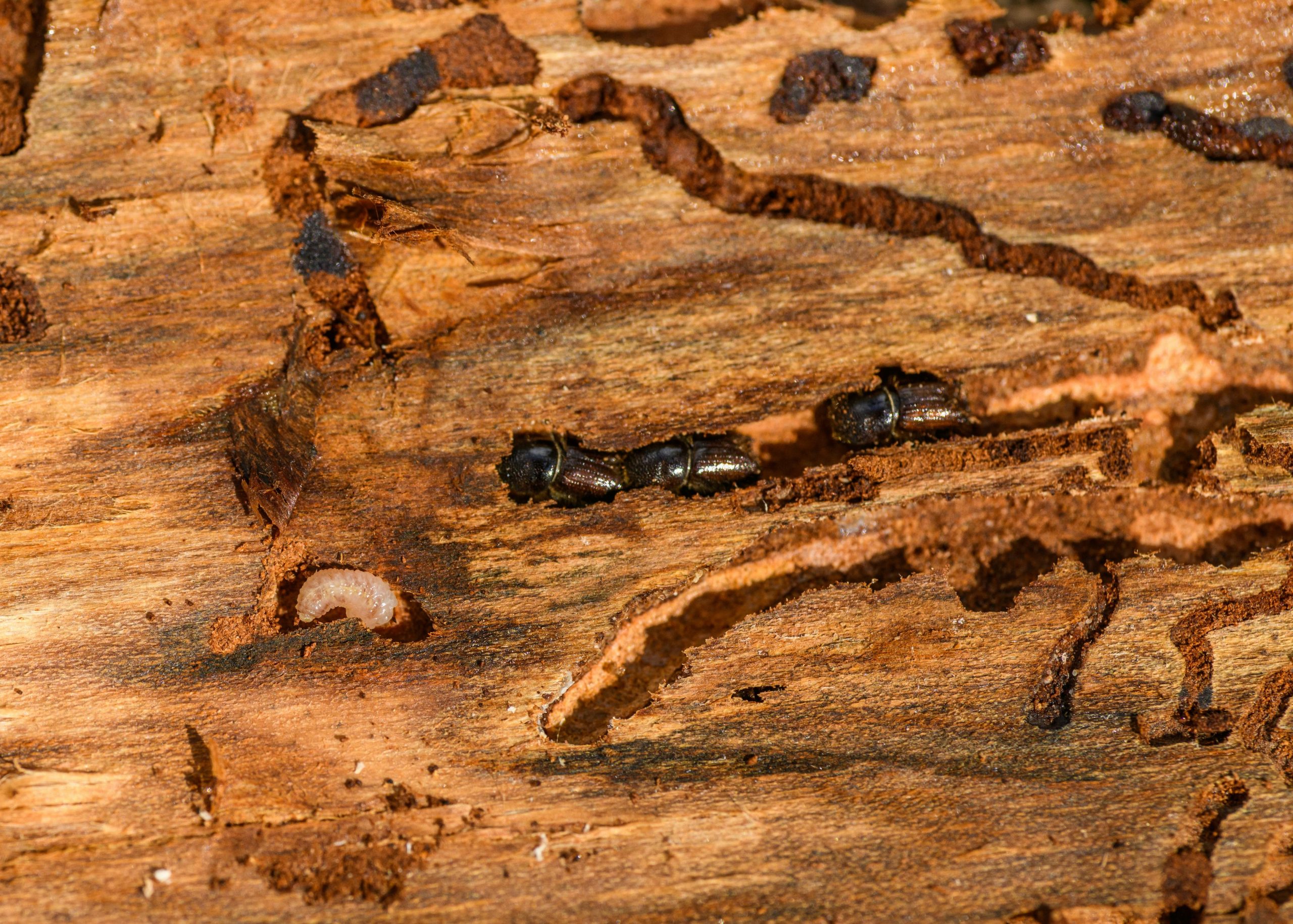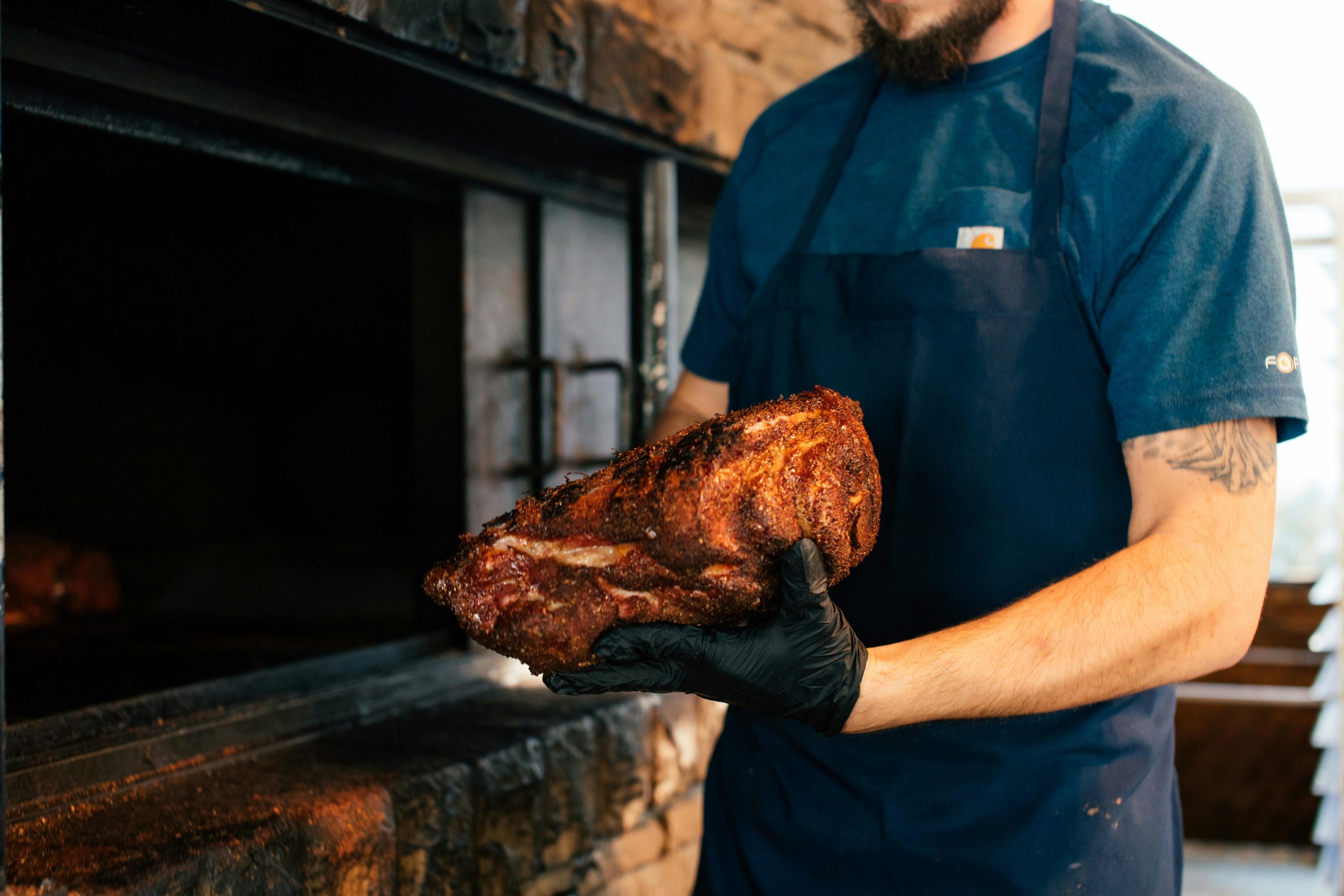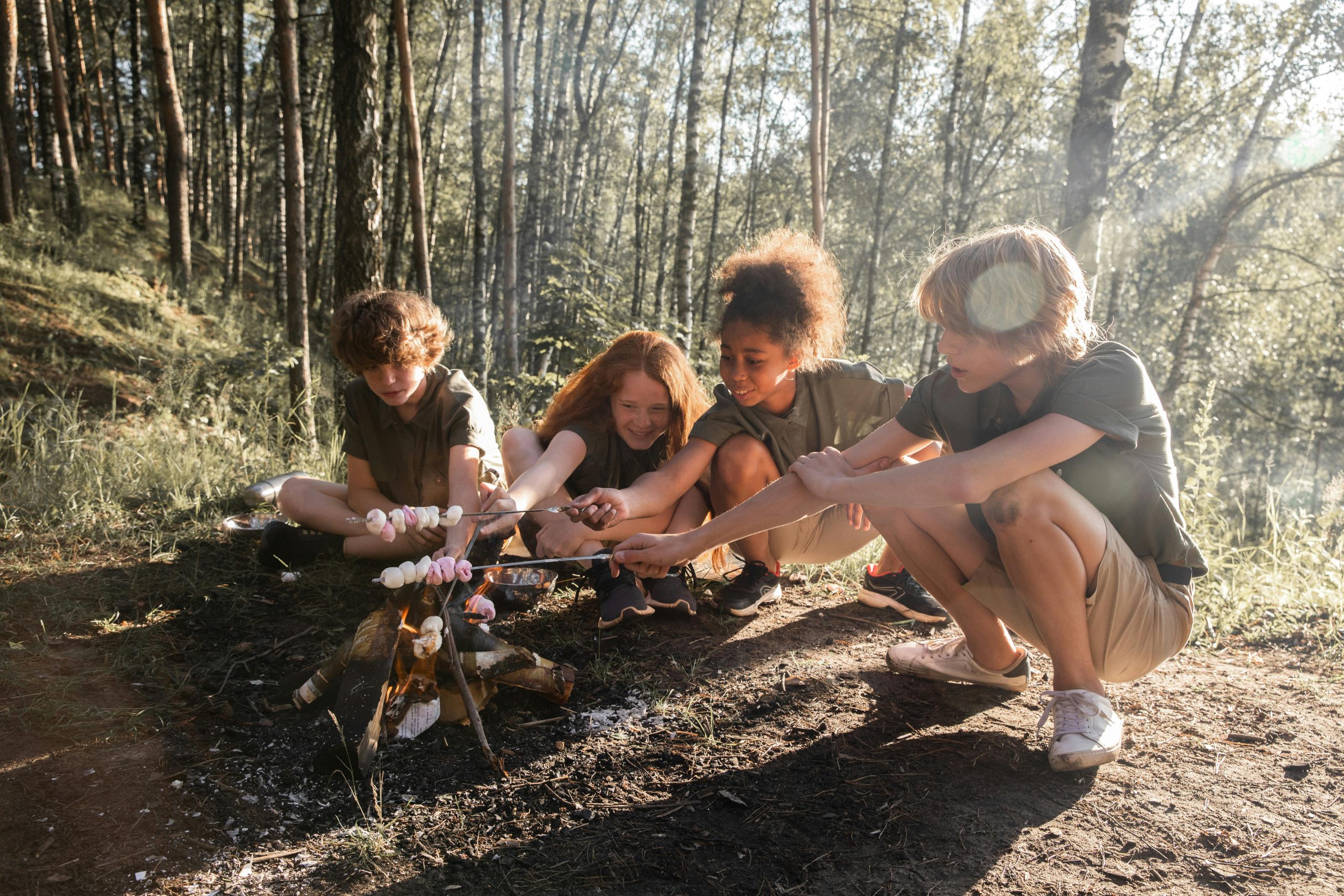Choosing the Right Firewood for Fire Pits
There’s something quietly magical about sitting beside a fire. The flicker of flames, the gentle crackle of burning wood, and the warmth that draws people closer—it all creates a kind of atmosphere you can’t quite replicate any other way. Whether you’re relaxing on your patio or unwinding at a remote campground, a well-built fire in a portable fire pit can elevate the moment. But behind every perfect fire is a practical decision that often gets overlooked: the firewood itself.
Picking the right firewood for fire pits isn’t just about keeping the flames alive. It affects how easy your fire is to start, how much smoke it produces, and even how safe it is to gather around. Let’s explore what separates a frustrating, smoky mess from a clean, glowing fire that keeps your outdoor moments stress-free and memorable.
Fit Matters: Getting the Right Size of Firewood for Fire Pits
Portable fire pits are built with convenience in mind. They’re compact, easy to move, and designed to create a cozy, contained fire wherever you set them up. But that same convenience also comes with limitations—namely, space. Oversized logs that work fine in a built-in stone fireplace can become a real hassle in a smaller, portable setup.
To keep things manageable, opt for logs between 12 and 16 inches long. That length tends to fit comfortably in most portable pits without the need for awkward rearranging. If your firewood delivery shows up with longer pieces, no problem—just split them into smaller chunks. Not only will they fit better, but smaller pieces tend to catch fire more easily and burn more consistently. They also help maintain airflow, which is crucial for keeping the flame going strong without overheating your setup.
The Power of Seasoned Hardwoods
If you’ve ever struggled to keep a fire going or found yourself waving smoke away from your eyes all night, chances are the wood was the problem. Green wood, or freshly cut wood, contains a lot of moisture. That moisture turns to steam when heated, which means more smoke, harder lighting, and a less pleasant fire overall.
Seasoned hardwoods are the gold standard for firewood. They’ve been dried for at least six months, sometimes longer, to reduce moisture content and make them more fire-friendly. Dense hardwoods like oak, maple, ash, and birch are among the best options. They burn slowly and steadily, giving off consistent heat and leaving behind a warm bed of coals rather than a pile of half-charred pieces.
They also produce far less smoke compared to softwoods, which is a big plus when you’re dealing with smaller outdoor spaces or sensitive noses. If you’re planning to use your fire pit regularly, consider buying a bulk order of seasoned wood in advance and storing it properly in a dry, covered location. It’s an investment in convenience and comfort.
For those wondering whether kiln-dried wood is worth the extra cost: the answer is often yes, especially if you’re buying firewood for on-the-go use or have limited storage space. Kiln-dried wood is artificially dried to very low moisture levels, making it incredibly easy to light and reliable in damp conditions ((what is kiln-dried firewood)).
What Not to Burn in Your Fire Pit
Not all wood is safe or suitable for a controlled outdoor fire. Softwoods like pine, cedar, and spruce may smell nice at first, but they come with several drawbacks. These woods tend to spark more than hardwoods, which can be a safety concern in a compact fire pit setup. They also burn quickly and unevenly, producing lots of smoke and leaving behind sticky, resinous residue that can gum up your pit or create unwanted cleanup.
Equally important is avoiding any wood that’s been treated, painted, or otherwise altered. Construction scraps, old pallets, and furniture pieces often contain chemicals that are hazardous when burned. These additives can release toxic fumes that are unsafe to breathe and can damage your fire pit over time.
If you’re unsure whether a piece of wood is safe to burn, it’s best to err on the side of caution. Stick with natural, untreated firewood that’s either seasoned or kiln-dried.
Firewood on the Move: What to Pack for Camping
If you’re packing up for a weekend getaway or hitting the road with your fire pit, your firewood needs to travel well, too. Lightweight, easy-to-carry options like kiln-dried bundles or compressed wood logs are excellent choices for portable use. They’re typically cut to the right size, come neatly packaged, and light up quickly without much effort.
However, firewood transportation comes with an important caveat: don’t haul it across state or county lines without checking local regulations. Invasive pests like the emerald ash borer and the Asian longhorn beetle often hitch rides in firewood, leading to devastating infestations in forests across the country. Many parks and campgrounds now require you to buy firewood locally, not just for convenience but for environmental protection.
Fire Safety Starts with Smart Choices
A good fire is controlled, contained, and calm. Overloading your fire pit might seem like a shortcut to more heat or bigger flames, but it’s often a recipe for trouble. Crowding the pit with oversized logs restricts airflow and increases the risk of sparks or flare-ups.
Stick with modest fires that are easy to tend and safer for everyone around. Make sure your fire pit is on a stable, non-flammable surface and always keep water or an extinguisher nearby. If the flames are starting to jump too high or smoke is becoming a problem, it’s usually a sign to scale things back.
Safety isn’t just about avoiding accidents—it also makes the experience more enjoyable. When the fire behaves the way it should, you can relax, chat, cook, or just sit quietly without constantly poking, shifting, or worrying about it getting out of control.
Building Better Fires, One Log at a Time
At the end of the day, the difference between a fire that brings people together and one that drives them inside is often as simple as choosing the right wood. Seasoned hardwood burns cleaner, lasts longer, and creates that warm, steady ambiance that makes fire pits such a joy to gather around. Softwood and treated wood, on the other hand, come with headaches you just don’t need.
Whether you’re toasting marshmallows under the stars, sipping wine on the back patio, or watching the kids tell spooky stories at a campsite, the right firewood turns those moments from ordinary to unforgettable. Treat it like a core part of your outdoor setup—not an afterthought—and your fire pit will reward you with fires that burn better every single time.




